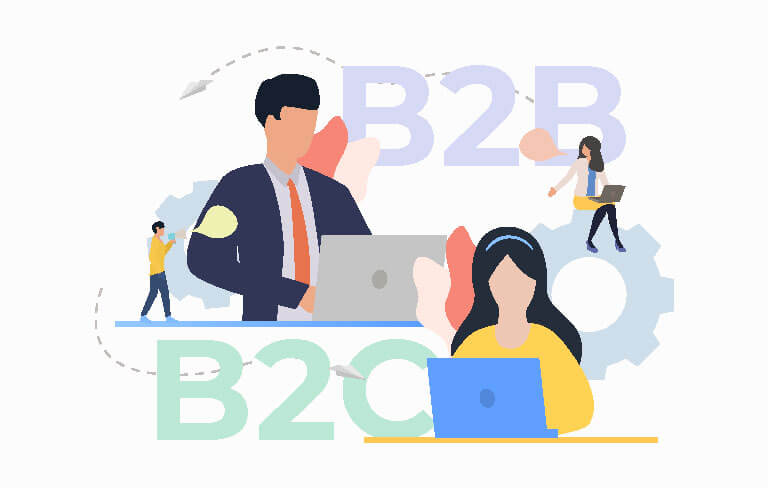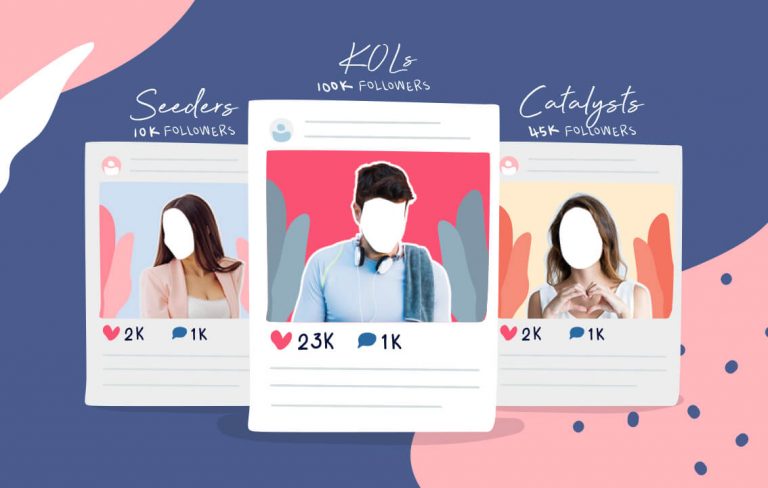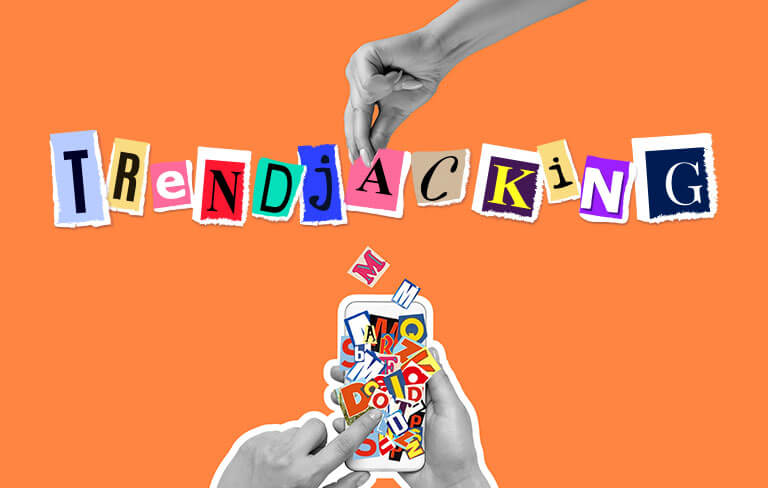Between 2017 and 2018, we saw the combined value of the top B2B brands grow by 25%. The annual growth rate of these brands exceeded that of the rest of the top 100 global brands which mostly consists of consumer brands. In 2020, we can no longer ignore the value a good B2B marketing strategy will bring to a brand.
B2B marketing has a bad reputation for being boring compared to B2C because many marketers have little idea about their relationship.
Like B2C marketing, in B2B marketing you will need to start from the customer.
In a business setting, we call the customer the decision-making unit (DMU) and it consists of more individuals than in consumer contexts. Because the product is usually a high-consideration purchase, the DMU can be made up of six or more people. Similar to the consumer journey, we will need to identify, influence and convince the DMU to choose your solution to close their gap.
B2B marketing is increasingly data-led and customer-centric.
To be successful in B2B marketing today, you cannot do without up-to-date data and relevant content tailored to the decision-making journey. You may already be familiar with this – you’d want to get in your customer’s shoes to see how the brand can a solution to their pain points.
In a business-to-business world, personalisation and relevance are closely aligned and this affects effectiveness. This is a bigger challenge for B2B marketers as even time of day makes a big difference to the audience who are less receptive to work-related ads during non-working hours.
Account-based marketing (ABM) is a hot topic within B2B marketing, driving significant growth.
Account-based marketing involves moving from focusing on an entire region or industry to a more customised approach where marketers focus creating customised programs for individual accounts. While there are different types of ABM, the more strategic and focused the ABM strategy is, the higher in investment and ROI per account. This involves the team to proactively bring relevant propositions and ideas to the client.
Brand building is still of utmost importance.
There is little difference between how people interact with brands as consumers or business people. Well designed visuals, online content can differentiate your business from a competitor and build an emotional connection with your potential customers. Like B2C marketing, you should avoid cliche photos or too much product shots. In an environment where digital disruption could threaten many B2B brands, you will need to clearly define and articulate your brand’s unique value proposition.
Borrowing from B2C marketing practices, B2B marketing is now a lot more human and emotional.
Successful B2B companies use content and storytelling to communicate brand values. In fact, video is arguably the most engaging medium available that is trackable and shareable. Within one year of launch, LinkedIn’s native videos generated more than 300 million impressions on the platform. According to statistics, brands that use video marketing grow their revenue 49% faster than companies that don’t.
B2B marketers are choosing integrated agencies.
The B2B buying is more complex, more digital and self-directed and the boundaries between digital marketing specialities are increasingly blurred. To really become customer-centric, B2B marketers will need to look at an omnichannel approach at speaking to potential customers rather than on one effective channel only.
Want to explore creating a B2B marketing strategy with us? Contact us today.





